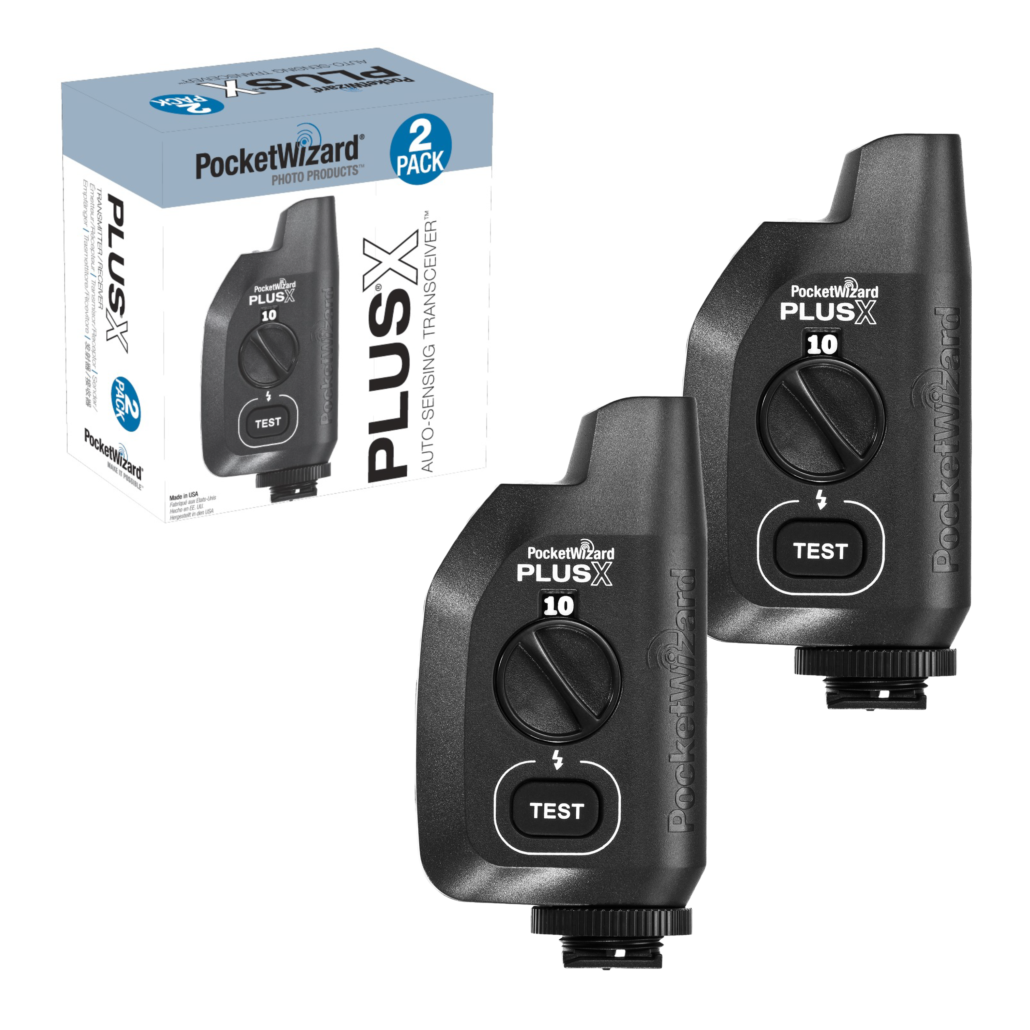Rikard
Established
Hi, as I wrote in another thread. I want to set up a small home studio for portraits. I have landed on godox product as they seem to offer a fairly affordable range. I will be shooting various rangefinder film cameras; leica m6, Mamyia 7ii and maybe some Instax on my Mint RF70. As I understand things these flashes/strobes need to be shot full manual and I will be using a lightmeter to measure flash output.
Here is my current list of supplies.
Parabolic Umbrella with diffuser : Parabolic Umbrella-Product-GODOX Photo Equipment Co.,Ltd.
Light stand: Light Stand-Product-GODOX Photo Equipment Co.,Ltd.
Speedlite Bracket: S2 Speedlite Bracket-Product-GODOX Photo Equipment Co.,Ltd.
Flash: TT520II/560II-Product-GODOX Photo Equipment Co.,Ltd.
Reflector: Reflective Discs-Product-GODOX Photo Equipment Co.,Ltd.
I do need some triggers. But I don't understand what to get. All the stuff I've found seem much to advanced for what I need. Basically just a sender mounted on hot shoe and a receiver mounted on the flash?
Please let me know your thoughts on this. I feel utterly confused 🙂
Here is my current list of supplies.
Parabolic Umbrella with diffuser : Parabolic Umbrella-Product-GODOX Photo Equipment Co.,Ltd.
Light stand: Light Stand-Product-GODOX Photo Equipment Co.,Ltd.
Speedlite Bracket: S2 Speedlite Bracket-Product-GODOX Photo Equipment Co.,Ltd.
Flash: TT520II/560II-Product-GODOX Photo Equipment Co.,Ltd.
Reflector: Reflective Discs-Product-GODOX Photo Equipment Co.,Ltd.
I do need some triggers. But I don't understand what to get. All the stuff I've found seem much to advanced for what I need. Basically just a sender mounted on hot shoe and a receiver mounted on the flash?
Please let me know your thoughts on this. I feel utterly confused 🙂



